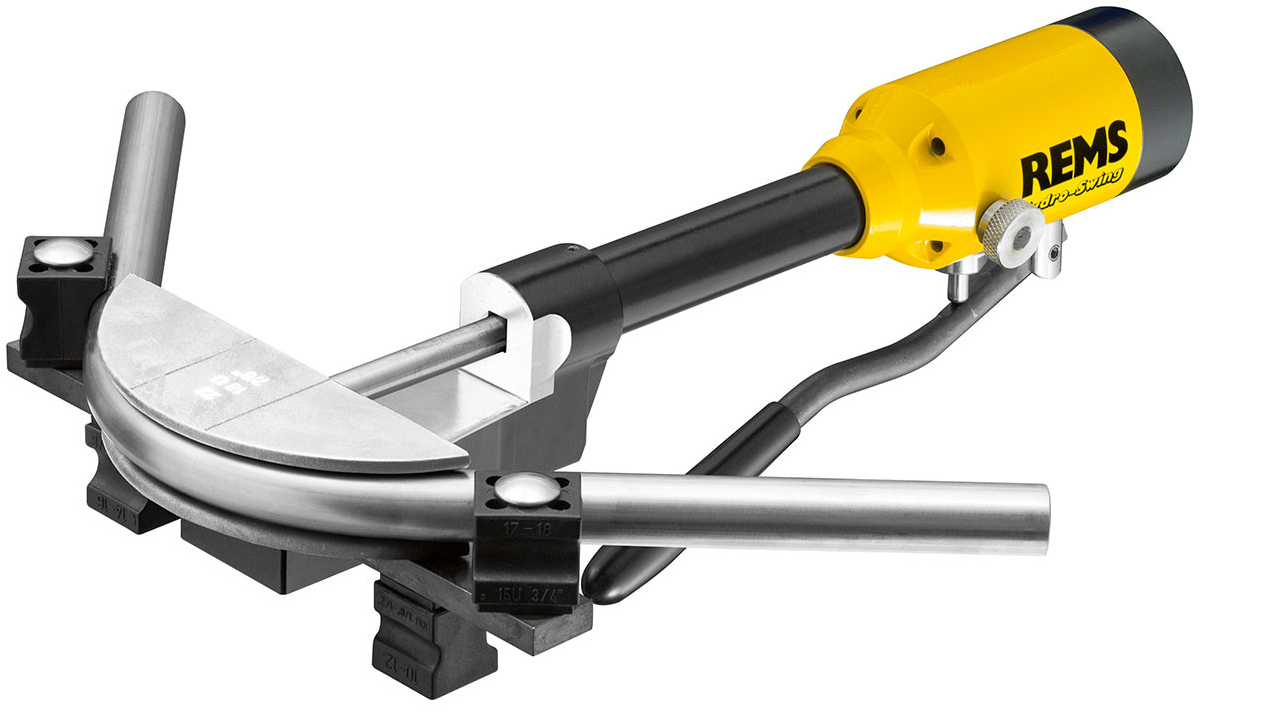Sheet metal is a versatile material used in a wide range of industries, including construction, automotive, manufacturing, and more. It is crucial to have a clear understanding of sheet metal thickness to ensure proper selection and usage. This is where a sheet metal gauge chart comes into play. In this article, we will explore the significance of a sheet metal gauge chart and provide insights into its interpretation for effective decision-making.
What is a Sheet Metal Gauge Chart?
A sheet metal gauge chart, also known as a sheet metal gauge table or sheet metal thickness chart, is a reference tool that provides a standardized measurement system for sheet metal thickness. It offers a comparison between different gauge numbers and their corresponding thicknesses in inches, millimeters, or other units of measurement. The chart typically lists a range of gauge numbers and their associated thickness values, allowing users to quickly determine the thickness of a specific sheet of metal.
Gauges are used to signify the sheet metal thickness. Using a sheet metal gauge chart, the user can easily convert the mentioned gauge into actual thicknesses in inches or mm. Steel thickness gauges can be used to verify the thickness. To give an example, For example, as per the gauge conversion chart table, 18 gauge steel is 0.0478 inches or 1.214 millimeters. The actual gauge number “18” does not hold any relevance to the actual measurements.
Understanding the Gauge Number System
The gauge number system used in sheet metal gauge charts is based on a numerical sequence, where lower gauge numbers indicate thicker sheets, while higher gauge numbers represent thinner sheets. However, the gauge system is not linear but follows a logarithmic scale. This means that the difference in thickness between two adjacent gauge numbers is not uniform but progressively decreases as the gauge number increases.
Note that, even though gauges are used to specify the thickness they are neither standard nor metric. The thickness values are independent of those measurement systems.
Standard Sheet Metal Gauge Chart
The most commonly used sheet metal gauge chart is based on the U.S. Standard Gauge (USG) system. This system assigns gauge numbers ranging from 1 to 36 to different sheet metal thicknesses. As per the USG system, gauge number 1 represents the thickest sheet metal, while gauge number 36 denotes the thinnest.
Interpreting the Sheet Metal Gauge Chart
When using a sheet metal gauge chart, it is essential to understand its interpretation. Here are a few key points to consider:
- Gauge Number: Locate the gauge number on the chart that corresponds to the sheet metal you are working with. This will help you determine its thickness.
- Thickness: Identify the thickness value associated with the chosen gauge number. The chart provides thickness measurements in inches, millimeters, or other units.
- Conversion: If you are working with a gauge system that differs from the one on the chart, you may need to convert the gauge number to match the chart’s units. Conversion tables are available for this purpose.
- Material Variations: Keep in mind that different types of sheet metal materials, such as steel, aluminum, or stainless steel, may have slight variations in thickness for a given gauge number. It’s advisable to consult material-specific charts or industry standards for precise measurements.
Sheet Metal Gauge Charts
Sheet metal gauge charts are not uniform with respect to different metals. This means that gauge 10 for Steel may not be same as the gauge 10 for Aluminum. Some of the sheet metal gauge charts for common materials are provided below:
Sheet Metal Gauge Chart for Mild Steel
Here’s a tabular format of a Sheet Metal Gauge Chart for Mild Steel:
| Gauge Number | Thickness (inches) | Thickness (mm) |
|---|---|---|
| 30 | 0.0120 | 0.30 |
| 28 | 0.0149 | 0.38 |
| 26 | 0.0179 | 0.45 |
| 24 | 0.0239 | 0.61 |
| 22 | 0.0299 | 0.76 |
| 20 | 0.0359 | 0.91 |
| 18 | 0.0478 | 1.21 |
| 16 | 0.0598 | 1.52 |
| 14 | 0.0747 | 1.90 |
| 12 | 0.1046 | 2.66 |
| 11 | 0.1196 | 3.04 |
| 10 | 0.1345 | 3.42 |
| 9 | 0.1495 | 3.80 |
| 8 | 0.1644 | 4.18 |
| 7 | 0.1793 | 4.55 |
| 6 | 0.1943 | 4.94 |
| 4 | 0.2242 | 5.70 |
| 2 | 0.2840 | 7.21 |
Please note that these values represent a standard sheet metal gauge chart for mild steel, but there might be slight variations depending on specific manufacturing standards or regional practices. Always consult industry-specific guidelines or materials suppliers for precise measurements and specifications.
Sheet Metal Gauge Chart for Aluminum
The Sheet Metal Gauge Chart for Aluminum is provided in the following table:
| Gauge Number | Thickness (inches) | Thickness (mm) |
|---|---|---|
| 30 | 0.01003 | 0.26 |
| 28 | 0.01264 | 0.32 |
| 26 | 0.01594 | 0.41 |
| 24 | 0.02010 | 0.51 |
| 22 | 0.02535 | 0.64 |
| 20 | 0.03196 | 0.81 |
| 18 | 0.04030 | 1.02 |
| 16 | 0.05082 | 1.29 |
| 14 | 0.06408 | 1.63 |
| 12 | 0.08081 | 2.05 |
| 10 | 0.1019 | 2.59 |
| 8 | 0.1285 | 3.26 |
| 7 | 0.1443 | 3.66 |
Please note that these values represent a standard sheet metal gauge chart for aluminum, but there might be slight variations depending on specific manufacturing standards or regional practices.
Gauge Chart for other Metals
The gauge chart for Brass and Stainless Steel is provided in Table 3 below:
| Brass Gauge Chart | Stainless Steel Gauge Chart | ||||
| Gauge Number | Inches | MM | Gauge Number | Inches | MM |
| 8 | 0.1285 | 3.264 | 8 | 0.1719 | 4.365 |
| 9 | 0.1144 | 2.906 | 9 | 0.1563 | 3.968 |
| 10 | 0.1019 | 2.588 | 10 | 0.1406 | 3.571 |
| 11 | 0.09074 | 2.305 | 11 | 0.125 | 3.175 |
| 12 | 0.08081 | 2.053 | 12 | 0.1094 | 2.778 |
| 14 | 0.06408 | 1.628 | 14 | 0.0781 | 1.984 |
| 16 | 0.05082 | 1.291 | 16 | 0.0625 | 1.587 |
| 18 | 0.0403 | 1.024 | 18 | 0.05 | 1.27 |
| 20 | 0.03196 | 0.812 | 20 | 0.0375 | 0.9525 |
| 22 | 0.02535 | 0.644 | 22 | 0.0313 | 0.7937 |
| 24 | 0.0201 | 0.511 | 24 | 0.025 | 0.635 |
| 26 | 0.01594 | 0.405 | 26 | 0.0188 | 0.476 |
| 28 | 0.01264 | 0.321 | 28 | 0.0156 | 0.396 |
| 30 | 0.01003 | 0.255 | 30 | 0.0125 | 0.3175 |
Table 4 provides the Gauge chart for Copper and Galvanized Steel.
| Galvanized Steel Gauge Chart | Copper Gauge Chart | ||||
| Gauge Number | Inches | MM | Gauge Number | Inches | MM |
| 8 | 0.1681 | 4.269 | 8 | 0.165 | 4.191 |
| 9 | 0.1532 | 3.891 | 9 | 0.148 | 3.759 |
| 10 | 0.1382 | 3.51 | 10 | 0.134 | 3.404 |
| 11 | 0.1233 | 3.1318 | 11 | 0.12 | 3.048 |
| 12 | 0.1084 | 2.753 | 12 | 0.109 | 2.769 |
| 14 | 0.0785 | 1.9939 | 14 | 0.083 | 2.108 |
| 16 | 0.0635 | 1.6129 | 16 | 0.065 | 1.651 |
| 18 | 0.0516 | 1.31 | 18 | 0.049 | 1.245 |
| 20 | 0.0396 | 1.005 | 20 | 0.035 | 0.889 |
| 22 | 0.0336 | 0.853 | 22 | 0.028 | 0.711 |
| 24 | 0.0276 | 0.701 | 24 | 0.022 | 0.559 |
| 26 | 0.0217 | 0.551 | 26 | 0.018 | 0.457 |
| 28 | 0.0187 | 0.474 | 28 | 0.014 | 0.356 |
| 30 | 0.0157 | 0.398 | 30 | 0.012 | 0.305 |
Practical Applications
A sheet metal gauge chart finds applications in various industries, including:
- Sheet Metal Fabrication: Sheet metal workers, fabricators, and welders use the gauge chart to select the appropriate thickness for their projects, ensuring structural integrity and meeting design specifications.
- Manufacturing: The manufacturing industry relies on accurate thickness measurements for sheet metal parts used in machinery, equipment, and consumer products.
- Construction: Builders and contractors refer to the gauge chart to determine the appropriate sheet metal thickness for roofing, siding, ductwork, and other construction applications.
- Automotive: In the automotive sector, the gauge chart aids in selecting sheet metal for body panels, frames, and other components, contributing to vehicle safety and performance.
Conclusion
A sheet metal gauge chart serves as a valuable tool for understanding the thickness of sheet metal materials. By providing a standardized measurement system, it allows users to quickly determine the thickness based on gauge numbers. Proper interpretation of the gauge chart is essential for selecting the appropriate sheet metal thickness for various applications. Whether in metal fabrication, manufacturing, construction, or automotive industries, referring to a sheet metal gauge chart helps ensure precision, quality, and compliance with industry standards.








